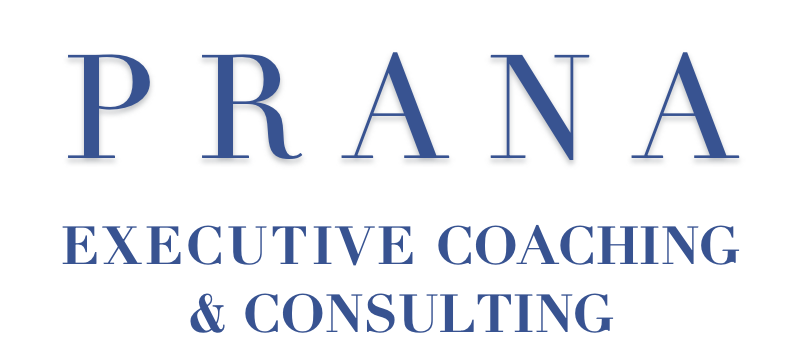Giving Effective Feedback
Giving effective feedback is something that very few leaders do well.
Effective feedback includes positive feedback to let someone know they are doing a good job, as well as constructive feedback to improve performance. In fact, research shows that giving both kinds of feedback is critical to developing your talent, and the ideal praise-to-criticism ratio is 5:1. In other words, effective teams need a little negative feedback to stay on course and avoid complacency, but they also need 5 times more positive reinforcement to stay motivated and driven to do their jobs. Most leaders we coach self-report that they do not use positive feedback skillfully to motivate performance.
Positive feedback is far easier to give and receive than negative feedback, although other research reveals that any indication of feedback creates a threat response in the brain, which tends to “shut down” the ability to stay open and receptive. Columbia University neuroscientist Kevin Ochsner’s work shows that feedback is only received and applied about 30% of the time; in other words, people are ignoring 70% of the feedback they are given, partly due to a subconscious, neurological rejection of the information.
From my own work with many organizations, I know that many leaders wish they and their teams were more skillful and giving more effective feedback. To give more effective feedback, we advocate the following 5 step model:
1. Be direct with your feedback. The more words you use to qualify or soften your feedback, the less understood the message is. Speak clearly and simply. *The only caveat to direct feedback is if you are working with global teams, in which case how you give feedback should include cultural considerations. For an excellent resource on giving feedback in different cultures, see Erin Meyer’s The Culture Map.
2. Share your goals for sharing the feedback to provide context; for example “I would like to share some feedback with you, and my goal for sharing this is so that the team might work together more positively.” Focusing feedback on areas that help employees grow and develop is more useful than feedback which merely criticizes; share the intention to improve the other person’s capabilities.
3. Identify the specific behavior and situation, not personal attributes. For example, “when you look at your phone during meetings it appears you are not listening” rather than “when you are checked-out during meetings.”
4. State the impact the behavior had on yourself, or others. For example, “when you look at your phone during meetings it appears you are not listening, and the team believes the meetings are not very effective if you aren’t fully present, because we can’t make the best decisions without your input.”
5. Finally, ask for the other person’s understanding of the feedback you shared, and invite his/her ideas for solving the problem. This turns the conversation from a feedback conversation into a collaborative discussion of how to approach the issue going forward, as directed by the person who received the feedback. This allows for the receiver to self-create the actions which might fix the issue, and also reinforces the motivational element of this feedback model.
This is an adaptation of a common feedback model, the SBI: Specific Situation-Behavior-Impact.
